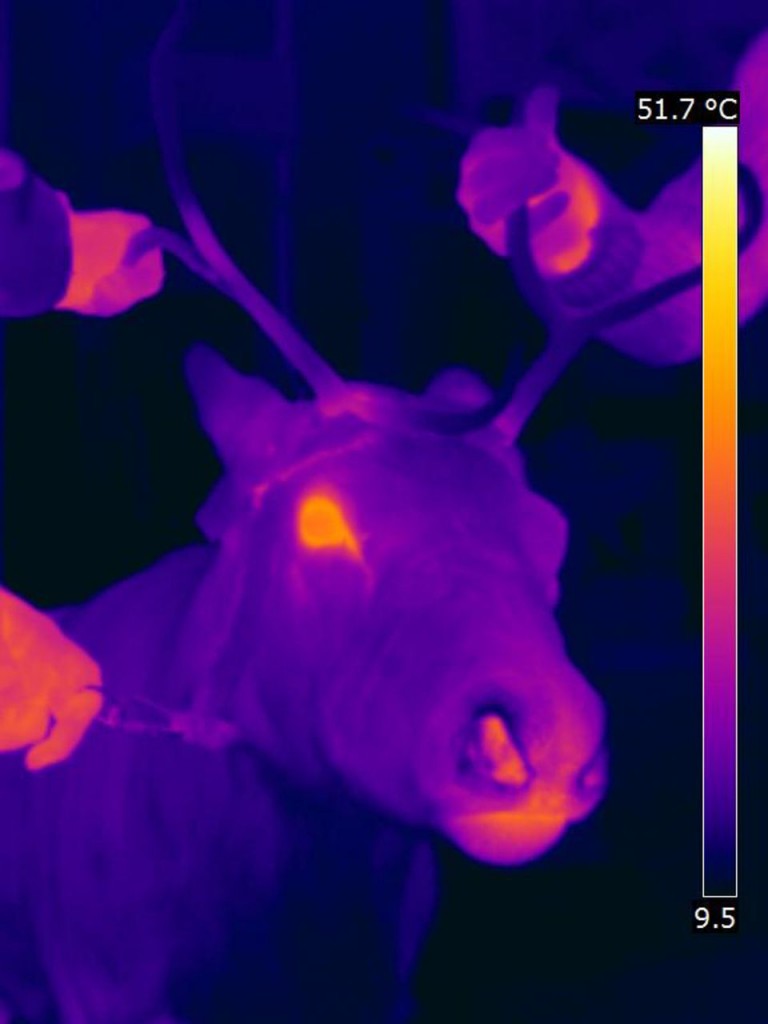Associate Professor Bradley Siwick, a Canada Research Chair in Ultrafast Science, delivered a Cutting Edge Lecture in Science in January (I’m falling behind on my posts!): Lights, action, camera – Making movies of molecules and materials. I have a background in microbiology so I was keen to hear about some of the tools and techniques that he has been using in his lab.
During his talk he pointed out how the 20th century was all about the development of new tools, like the electron microscope (one of the greatest Canadian inventions, as voted on by CBC watchers, just six spots behind the poutine). In the 21st century we can expect to see scientists pushing the limits of these tools. His research is taking a novel approach to electron microscopy, using femtosecond lasers to produce ultrashort/ultrafast pulses.
Visit Bradley Siwick’s research site to learn more.
I highly recommend attending one of the upcoming lectures as well, if you get the chance.

